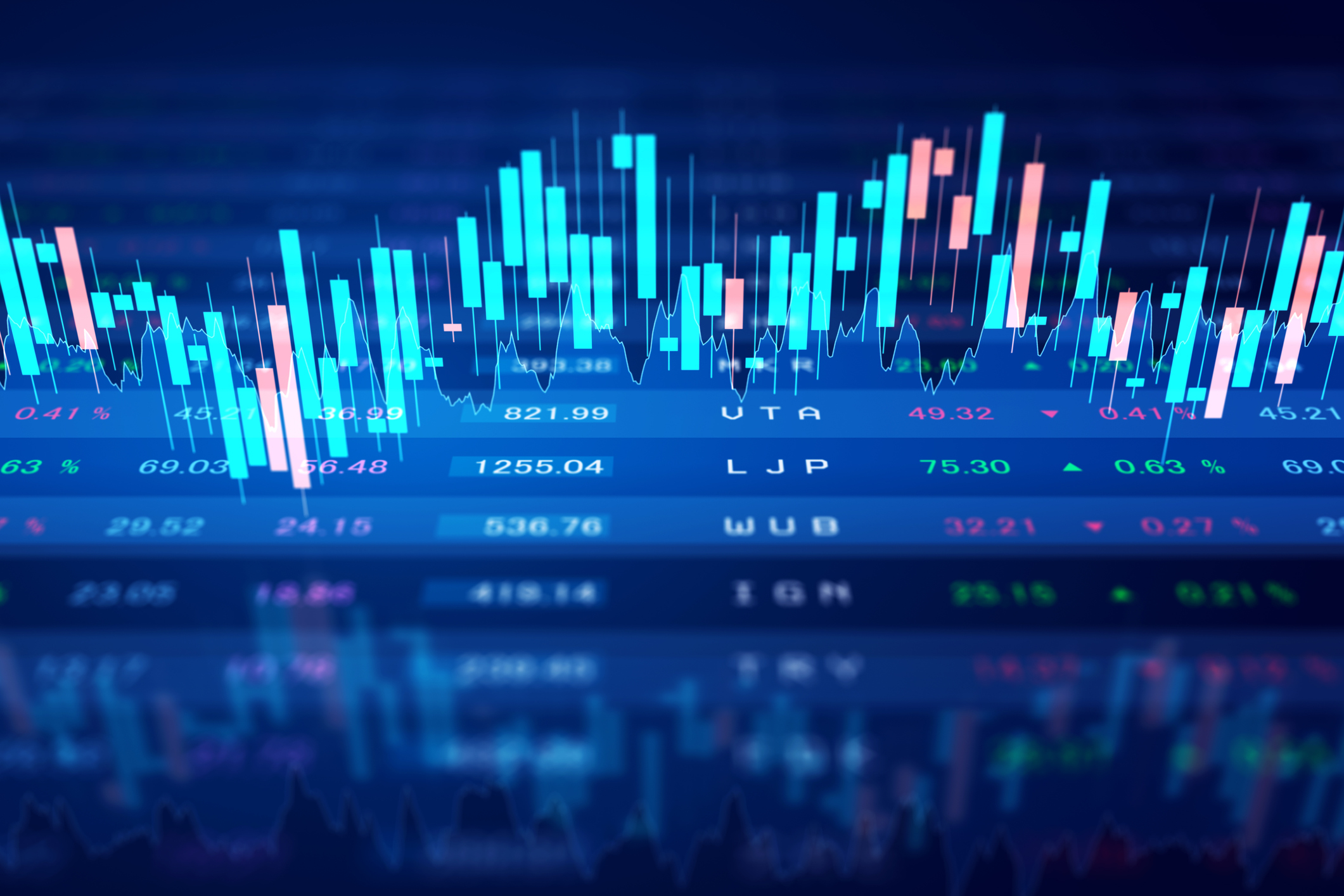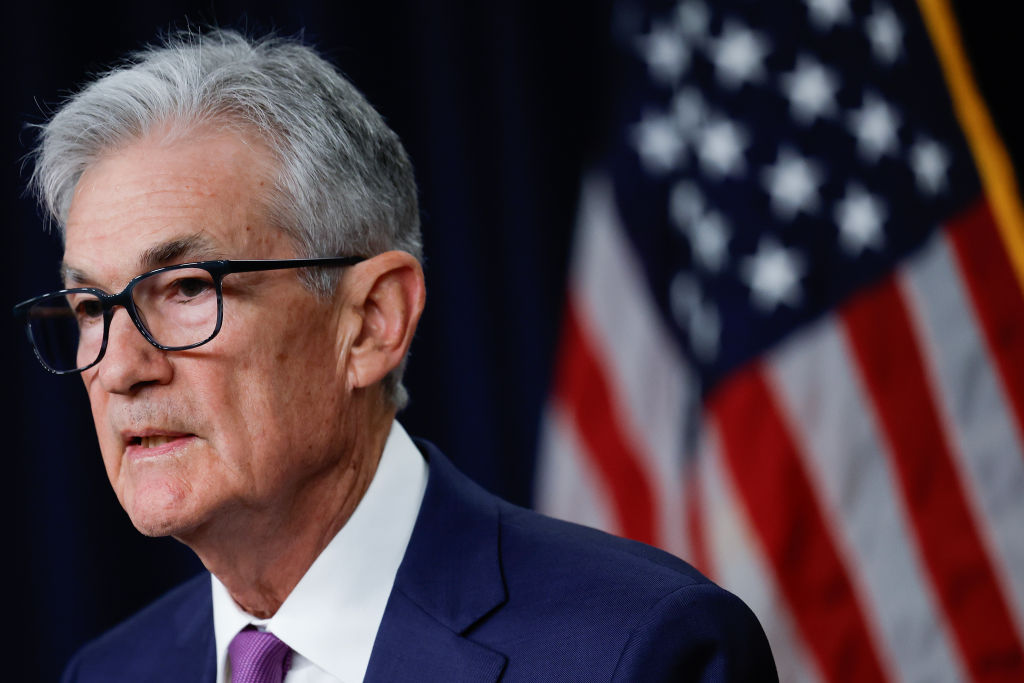Book Review: How Markets Fail
John Cassidy takes readers on a tour of economic theory over the past 250 years, examining the irrational behavior of economists themselves.
If you read one book about what caused the Great Recession, make it How Markets Fail: The Logic of Economic Calamities, by John Cassidy (Farrar, Straus and Giroux, $28). It’s a damning story of how economics drives government policies that promote bubbles -- which, of course, must ultimately burst.
Economic theory over the past 250 years is a twisted road that leads us in confusing directions and is littered with dead ends. But Cassidy takes readers on a straight path from Adam Smith’s invisible hand in the 18th century to Alan Greenspan’s naive faith in the infallibility of markets.
Cassidy, a writer for the New Yorker magazine, is particulary keen at identifying economists’ brilliant analyses and their tendency to veer from the practical to the utopian. In doing so, he often makes readers rethink their assumptions. Take Adam Smith, the absent-minded Scottish professor who justified the chaotic free market. Smith postulated in The Wealth of Nations that competition worked as an invisible hand to encourage production of just the right amount of goods at the right price -- no government intervention needed. Cassidy concedes that this theory has great merit, but not when taken to the extreme, as Smith himself freely acknowledged.

Sign up for Kiplinger’s Free E-Newsletters
Profit and prosper with the best of expert advice on investing, taxes, retirement, personal finance and more - straight to your e-mail.
Profit and prosper with the best of expert advice - straight to your e-mail.
Generations of laissez-faire economists conveniently forget that Smith and his successors believed that “the government had a duty to protect the public from financial swindles and speculative panics,” both of which occurred regularly in the 18th and 19th centuries, writes Cassidy.
You can almost hear Smith screaming across the centuries: “Hey, Greenspan, I didn’t mean that the invisible hand works for everything. Don’t trust the bankers, Alan! Don’t let them lend to speculators!” If Greenspan, the chairman of the Federal Reserve Board from 1987 to 2006, had listened, he might not have loosened the reins on credit to such a degree that he helped inflate the credit bubble that led to the Great Recession.
During a bubble, just about everyone stops acting rationally, and the “animal spirits” described by economist John Maynard Keynes reign. That’s when “free markets can no longer be relied on to allocate resources sensibly or efficiently,” Cassidy writes. “By holding out the prospect of quick and effortless profits, they provide incentives for individuals and firms to act in ways that are individually rational but immensely damaging -- to themselves and others.”
Cassidy’s reality-based economics is a messy business -- far removed from the neat graphs and theories in Economics 101 and from Homo economicus, the imaginary consumer who makes perfectly rational decisions and upon whom much of classical economics is based. Cassidy mixes in some behavioral economics, which looks at how instincts and herd behavior drives our decisions. He also examines the irrational decisions and herd behavior of economists themselves.
Reality economics has no villains, which may itself seem a departure from reality. But Cassidy makes a compelling case that the Wall Street executives who received multimillion-dollar pay packages despite “financial blundering” that nearly wrecked the global economy are “neither sociopaths nor idiots nor felons.” They found themselves riding a credit boom that many found terrifying and unpredictable, but they felt compelled to keep making money while they could. “As long as the music is playing, you’ve got to get up and dance,” Citigroup’s then-chief executive, Chuck Prince, said in July 2007. “We’re still dancing.”
When the credit markets imploded in the fall of 2008, Cassidy concludes, it wasn’t just a failure of Wall Street, but also a failure of monetary policy and economic analysis. Even though history over the past 200 hundred years shows that credit bubbles can be extremely hazardous to our economic health, the Fed turned a blind eye to the massive one building up under its nose in the early 2000s.
In Cassidy’s view, the Obama administration’s proposals to tighten financial-market regulation don’t go far enough. He offers some well-reasoned suggestions on how those remedies could be strengthened, based on his analysis of past fiascos. Policymakers could do a lot worse than to read How Markets Fail and take Cassidy’s suggestions to heart. You should read this excellent book, too.
Get Kiplinger Today newsletter — free
Profit and prosper with the best of Kiplinger's advice on investing, taxes, retirement, personal finance and much more. Delivered daily. Enter your email in the box and click Sign Me Up.

-
 Five Medicare Changes Coming in 2026
Five Medicare Changes Coming in 2026Learn about the benefits that become permanent features of Medicare in 2026 and how they have been changed or updated since their inception.
-
 Discover Which Five States Have AAA Offices Offering Real ID Services. Learn What You Need To Do To Take Advantage of Them.
Discover Which Five States Have AAA Offices Offering Real ID Services. Learn What You Need To Do To Take Advantage of Them.A trip to the DMV can be a painful experience. Skip the line and visit your AAA office to get your REAL ID (select states only).
-
 Fed Leaves Rates Unchanged: What the Experts Are Saying
Fed Leaves Rates Unchanged: What the Experts Are SayingFederal Reserve As widely expected, the Federal Open Market Committee took a 'wait-and-see' approach toward borrowing costs.
-
 Fed Sees Fewer Rate Cuts in 2025: What the Experts Are Saying
Fed Sees Fewer Rate Cuts in 2025: What the Experts Are SayingFederal Reserve The Federal Reserve cut interest rates as expected, but the future path of borrowing costs became more opaque.
-
 Fed Cuts Rates Again: What the Experts Are Saying
Fed Cuts Rates Again: What the Experts Are SayingFederal Reserve The central bank continued to ease, but a new administration in Washington clouds the outlook for future policy moves.
-
 Fed Goes Big With First Rate Cut: What the Experts Are Saying
Fed Goes Big With First Rate Cut: What the Experts Are SayingFederal Reserve A slowing labor market prompted the Fed to start with a jumbo-sized reduction to borrowing costs.
-
 Stock Market Today: Stocks Retreat Ahead of Nvidia Earnings
Stock Market Today: Stocks Retreat Ahead of Nvidia EarningsMarkets lost ground on light volume Wednesday as traders keyed on AI bellwether Nvidia earnings after the close.
-
 Stock Market Today: Stocks Edge Higher With Nvidia Earnings in Focus
Stock Market Today: Stocks Edge Higher With Nvidia Earnings in FocusNvidia stock gained ground ahead of tomorrow's after-the-close earnings event, while Super Micro Computer got hit by a short seller report.
-
 Stock Market Today: Dow Hits New Record Closing High
Stock Market Today: Dow Hits New Record Closing HighThe Nasdaq Composite and S&P 500 finished in the red as semiconductor stocks struggled.
-
 Stock Market Today: Stocks Pop After Powell's Jackson Hole Speech
Stock Market Today: Stocks Pop After Powell's Jackson Hole SpeechFed Chair Powell's Jackson Hole speech struck a dovish tone which sent stocks soaring Friday.